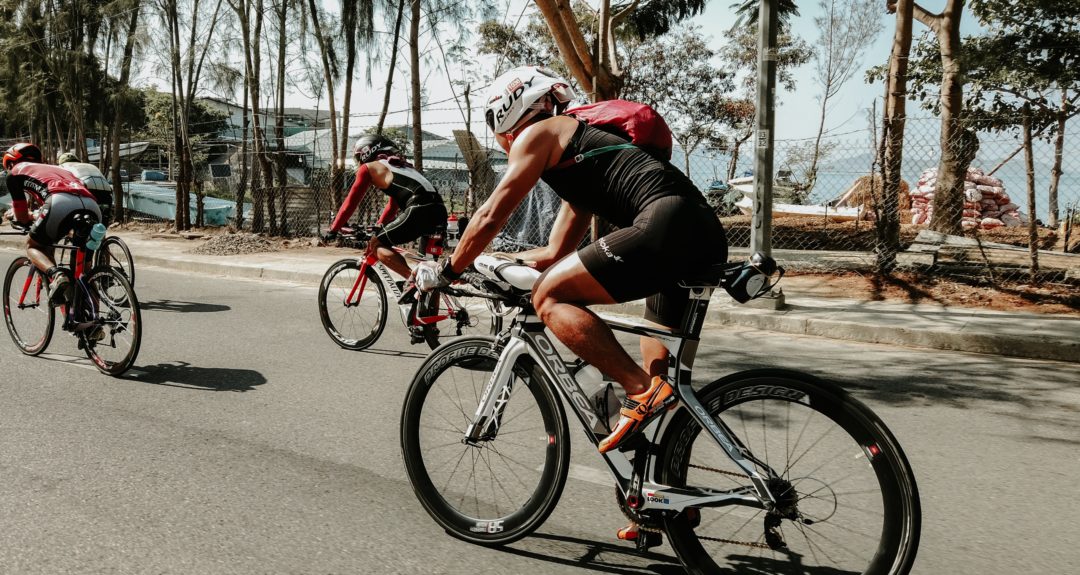Triathlon is one of the fastest growing sports in the world right now. In this blog our co-founder, Glenn Withers gives all his best tips.
Triathlon is the sport where you
- Swim
- Transition to a bike ride
- Finish with a run
The event can take various formats – from a super sprint distance (300m swim, 5km bike, 2.5km run) all the way to the revered Ironman distance (3.8km swim, 180km bike and a 42.2km marathon to finish).
So, how do you begin to prepare for a triathlon?
Well, of course it’s all about the training. Though a super sprint involves very different training to an Ironman – so I’ll include some specific guidance and leave the distances of the training up to you. There are also many training programmes available online to guide you.
Here are my top tips:
1 – Prepare
Being successful at triathlon is all about repetition of the task. So from an injury prevention point of view, how do you repeat a task and not get an overuse injury?
The key is technique.
So before you start – or if you’re a seasoned athlete who hasn’t done this yet – get your body and form sorted first. Prevention is much better than cure.
- See your Physio for a physical screening – this is where we go from head to toe and highlight areas of tightness or weakness that may pre-empt you to an injury. You’re welcome to book a Physio assessment with us.
- Have a bike fitting – this is one area many people don’t focus on. You’ll spend a lot of money on your bike, so make sure it is fitted right. See this YouTube clip from myself about some simple areas you can address at home. However, a professional bike fitting is much more detailed and specific – and will save you lots of money on injuries, from lower back pain, hamstring and hip issues.
- Get a run assessment – an invaluable tool to make sure your technique is optimised and you are injury free. Running is the area that causes the most injuries in triathletes. We offer run technique analysis if you’d like our help.
2 – Train
A simple guide to make sure you prepare is to at least:
- Swim once a week
- Bike 3 to 4 times a week
- Run at least 3 times a week
3 – Non swim/bike/run sessions
This is another area most triathletes ignore and leads to a lot of injuries.
A strength and conditioning programme is key. Now I’m biased – I use Pilates for this as it lengthens and strengthens my body in ways that completely sort out the tightness from bike and running especially.
Whatever sessions you choose, you have to work on your body away from the three main sports. Maybe a stretching programme, foam roller sessions after the bike or a basic core conditioning program – something that allows your body to stay strong outside of the actual three sports.
4 – Tips often overlooked
- Cut your toenails – a very simple thing, but one a lot of athletes regret not doing!
- Do at least 30 calf raises a day – as calf and Achilles injuries are the most common
- Hydrate – on the longer events make sure you’re proactive with hydration
- Good shoes – good running shoes last around 6 months, so change them regularly
- Take care of your feet – if you pronate in your feet, see a podiatrist to avoid injuries
5 – Don’t do anything on race day you haven’t done before
Practise your breakfast, your pre-race routine and your transitions. Don’t get sucked in by all the goods on show at the expo – only use kit you’ve trained in before the race.
I love this sport. It’s friendly, it’s healthy and it’s addictive!
Good luck – I hope to see you on the course soon.

